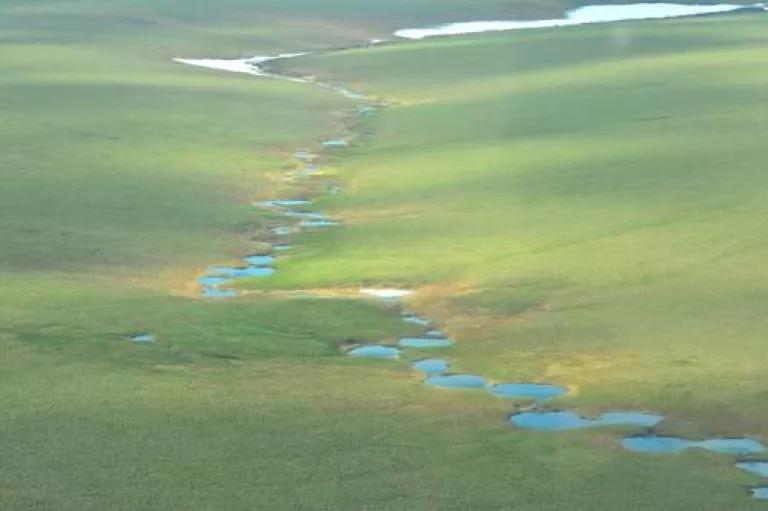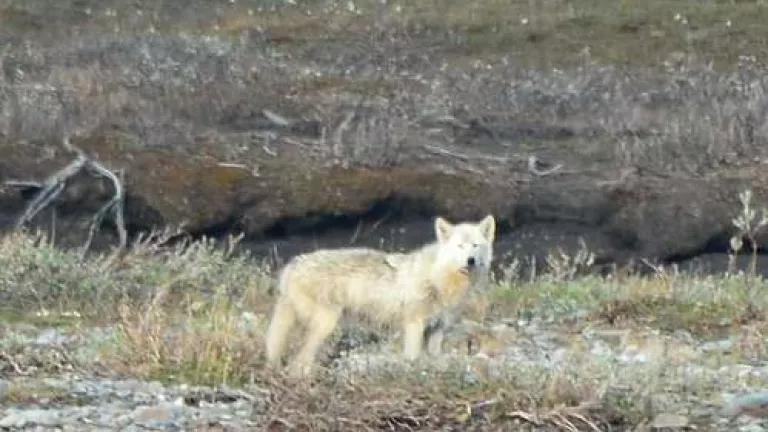
rctic National Wildlife Refuge passed a vital milestone this Friday, on the path to the full, permanent protection it needs and deserves. After 30 years of efforts by conservationists, a vote on Wilderness designation for its heart, the million and a half acre Coastal Plain, finally came to the floor of the House of Representatives. In this Congress, of course, passage was not in the cards. But the support was both bi-partisan and robust, a vitally strong showing on first hearing. Oil company allies may still hold sway in that forum, but Friday's vote spotlights their ebbing power. Rep. Jared Huffman, who led the fight, is no quitter. He'll be back, and there's every reason to think the next vote will be better still.
There is no more sublime landscape in the federal estate than the Arctic Refuge. Magnificent public lands are a defining feature of our republic, from Mt Desert Island, to the El Yunque rainforest in Puerto Rico, Joshua Tree in southern California, and massive Mt. Rainier. Alaska is where this natural grandeur is at its grandest: vast and unspoiled on a scale the Lower 48 has all but lost. And in Alaska, the Arctic Refuge is the crown jewel of our federal lands heritage.
When Congress enlarged the Refuge in 1980, thanks to a campaign led by my colleague Chuck Clusen, some of it was made formal Wilderness, where, by law, "the earth and its community of life are
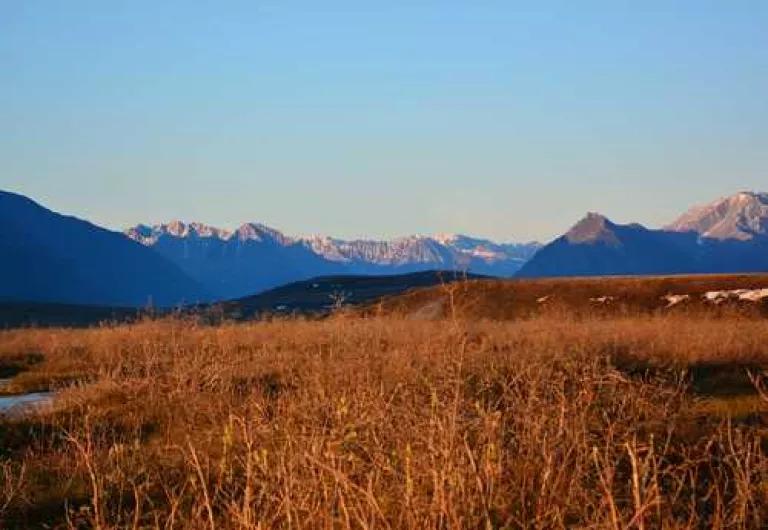
untrammeled by man, where man himself is a visitor who does not remain." But the majority of the Refuge has lesser protection, including much of the stunning Brooks Range, along its southern border.
The most troubling omission is the Refuge's Coastal Plain. Congress put off the question of its eventual status--at the behest of oil interests--but recognized its extraordinary wildlife values, ordering that they be inventoried and studied. And they are extraordinary--matchless i
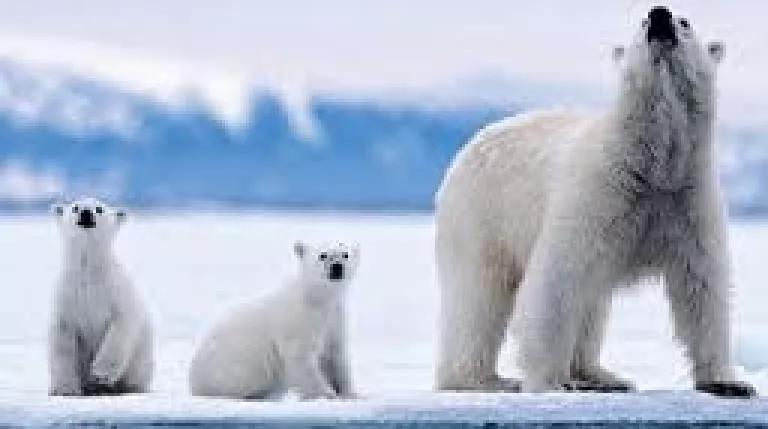
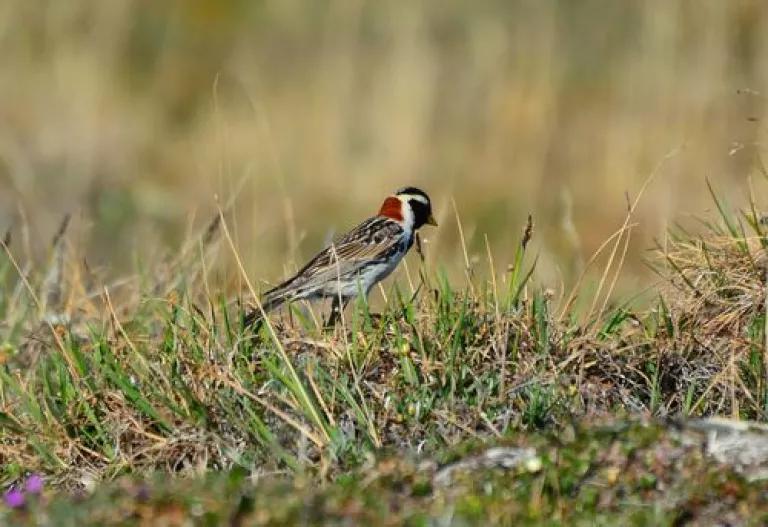
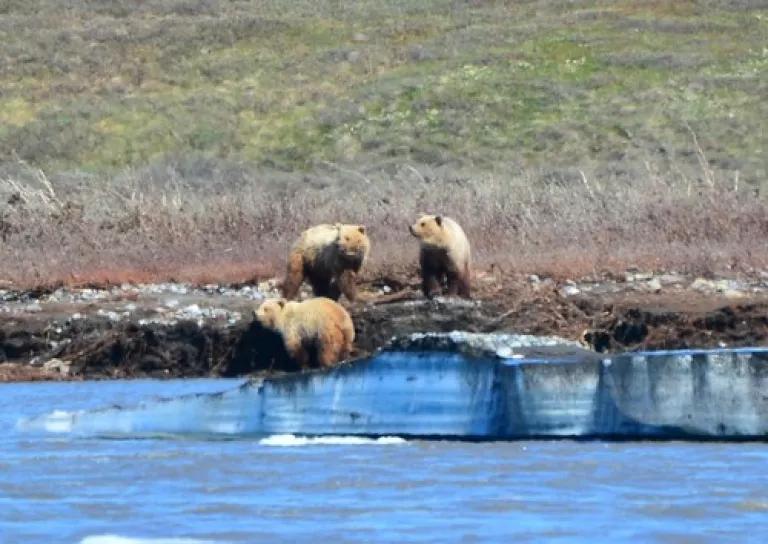
igratory birds from all 50 states and six continents, and many other wild and inspiring creatures.
The uncertainty Congress left over the fate of the Coastal Plain has engendered numerous attacks since 1990. Just last year, NRDC had to help fight off in federal court efforts to open it to surface exploration for oil and gas.
For the Gwich'in Steering Committee, who I represented in that case (with colleagues from Trustees for Alaska), the Coastal Plain is far more than an environmental icon. It is the summering grounds for a vast herd

of caribou that comprises the primary sustenance of traditional Gwich'in peoples in Alaska and the Yukon Territory. The herd is named for the Porcupine River, along which it makes the longest land mammal migration on earth, 1,500 miles. The villages of the Gwich'in--whose name means "people of the caribou"--are scattered along that migration route. The herd is essential to their wa
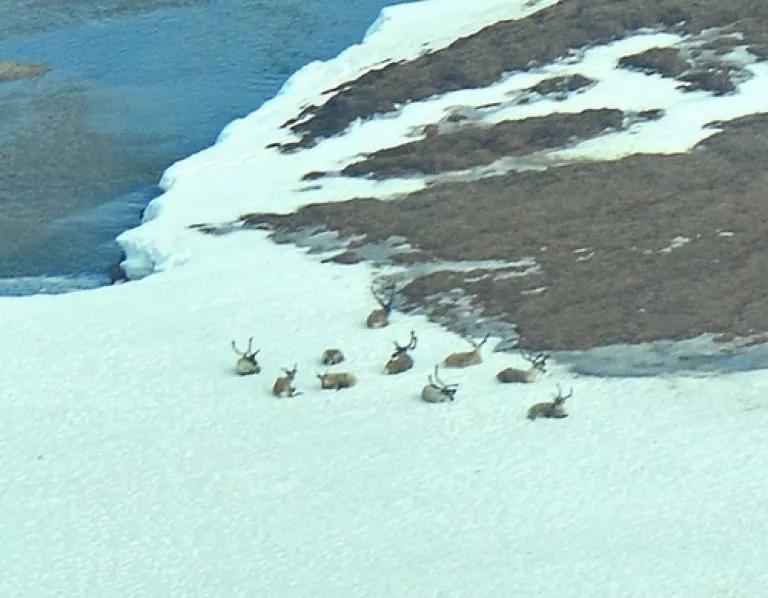
y of life. And the Coastal Plain, where the caribou calve, find respite from insects on snow, and build strength for the winter, is essential to the herd. So culturally vital the Gwich'in will not set foot in it, keeping it safe from development is for them a human rights issue.
For now, the Plain and its wildlife are spared commercial development. The President has identified it as worthy of Wilderness status and directed his agencies to manage it consistent with that designation. This is a place, though, much, much too precious to be left to the vicissitudes of changing administrations. NRDC, our sister groups, and an increasingly broad cross-section of the American public will keep advocating until we can be sure that it will be forever wild, with the highest protection the law can offer. Common land held and preserved for the common good.
